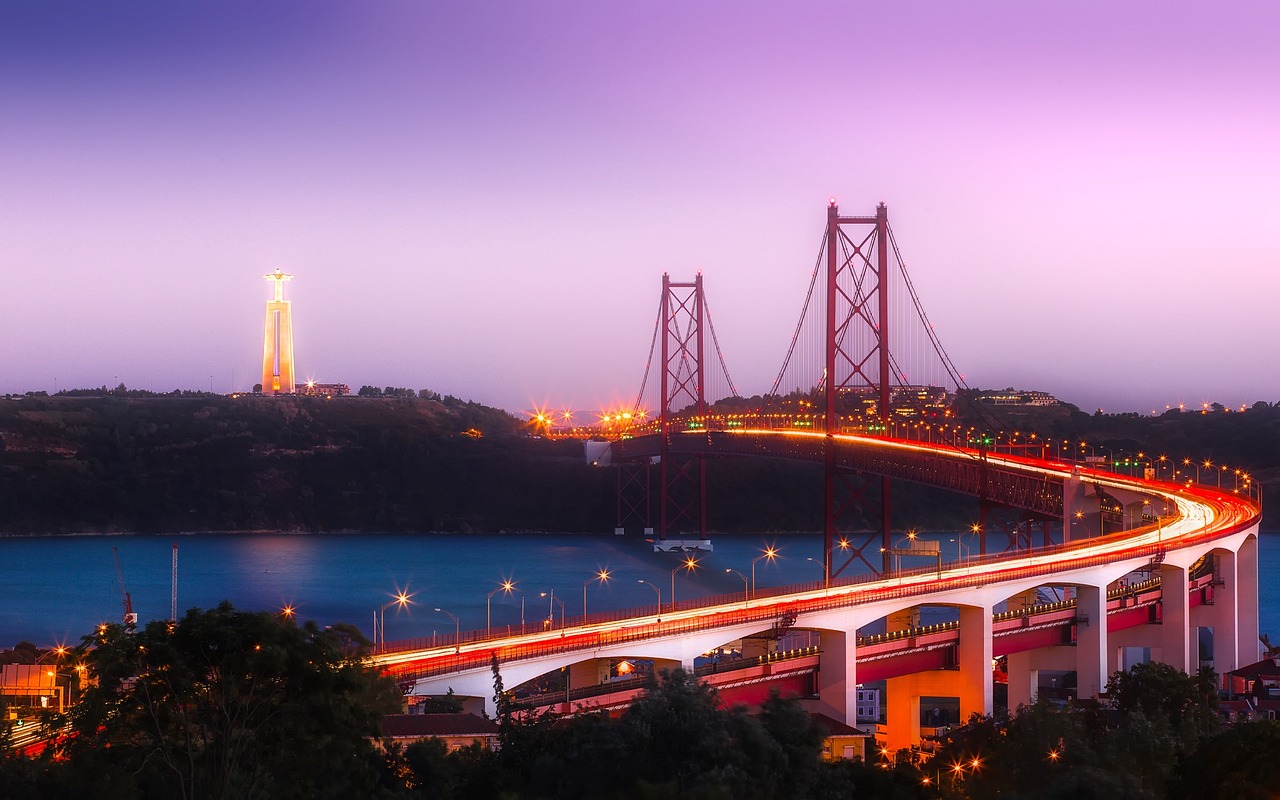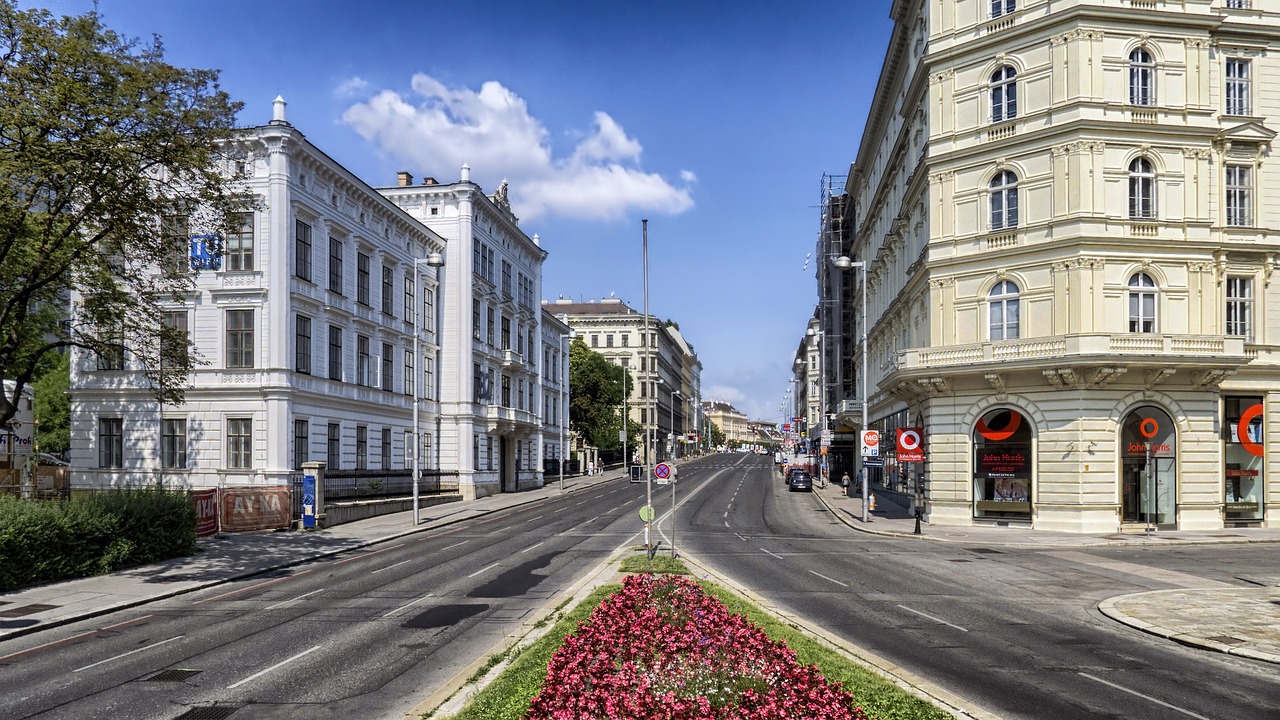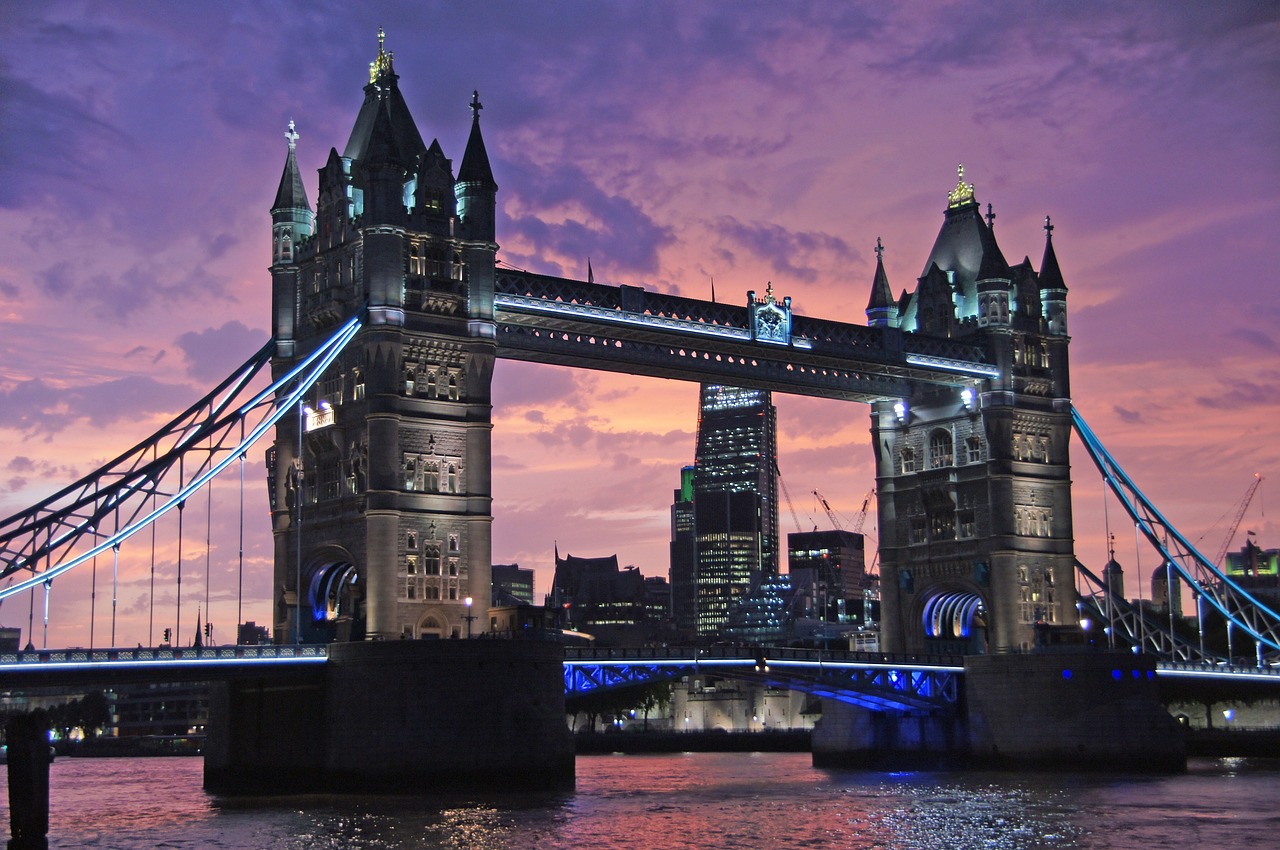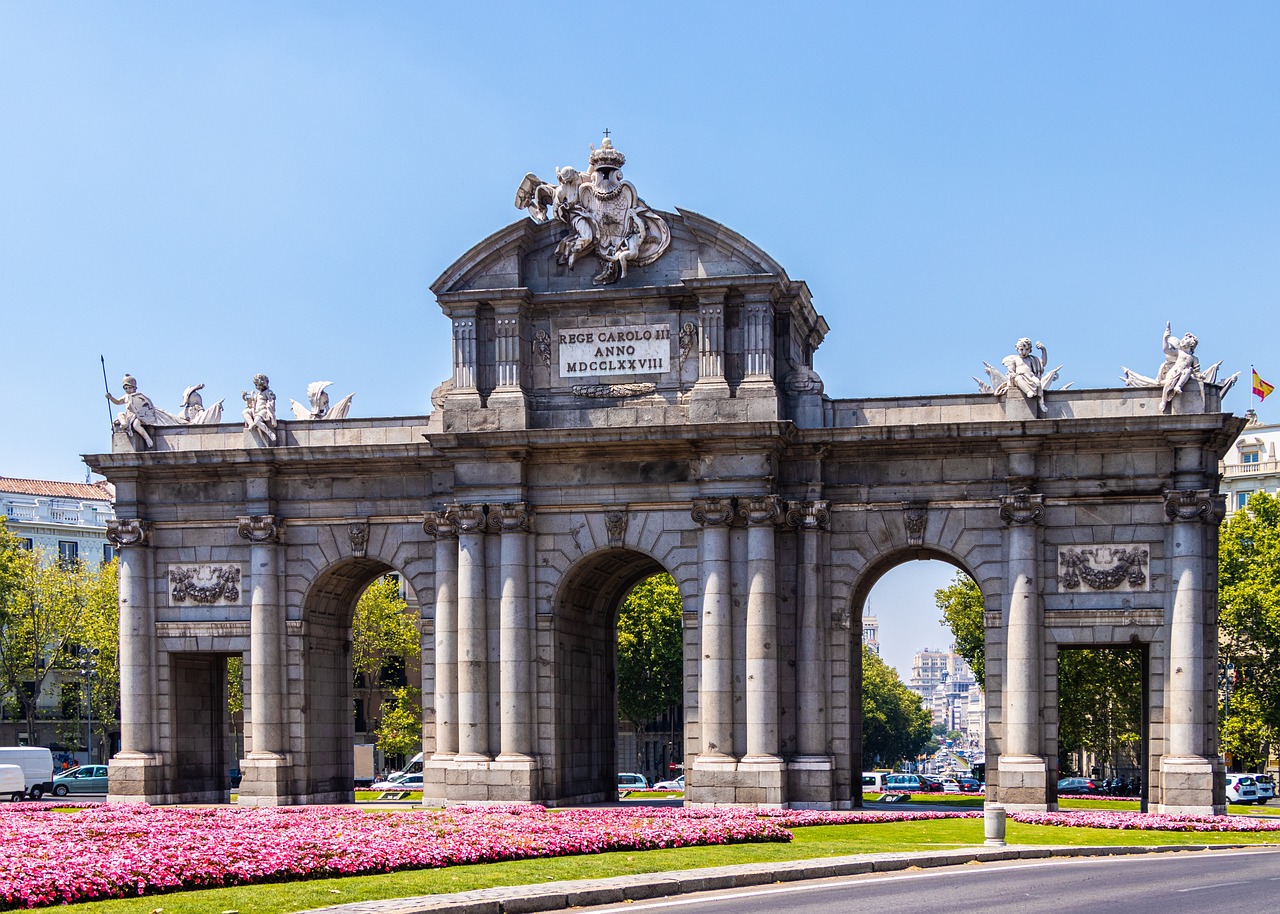Lisbon is the capital city of Portugal and is located on the western coast of the Iberian Peninsula, at the mouth of the Tagus River. Lisbon is the largest city in Portugal and is known for its historic architecture, vibrant culture, and beautiful scenery. The city is home to a population of over 500,000 people, and it is also a major economic and cultural center of the country. Some of Lisbon’s most famous landmarks include the Belem Tower, Jeronimos Monastery, and the Castle of Sao Jorge, and the city is also renowned for its food, wine, and music scene.
Short History
Lisbon has a long and rich history that dates back to the Roman Empire. It became the capital of Portugal in 1255 and played a key role in the Age of Discovery in the 15th and 16th centuries, when Portuguese explorers traveled the world and established trade routes to Africa, India, and Asia. Lisbon was heavily damaged by the 1755 earthquake, which destroyed much of the city, including many historic buildings and landmarks. The city was rebuilt in the following years, and it continued to play an important role in Portuguese politics, culture, and commerce throughout the 19th and 20th centuries. Today, Lisbon is a modern and vibrant city that blends its rich history and cultural heritage with a dynamic and cosmopolitan atmosphere.
Architecture
Lisbon is a city with a diverse range of architectural styles that reflect its long and rich history. Some of the most notable architectural styles and landmarks in Lisbon include:
- Manueline: This ornate architectural style is characterized by intricate stonework, elaborate carvings, and nautical motifs, and is commonly found in Lisbon’s historic monuments, such as the Jeronimos Monastery and the Belem Tower.
- Gothic: Lisbon has several notable examples of Gothic architecture, including the ruins of the Carmo Convent and the Se Cathedral, which features a stunning rose window and soaring vaulted ceilings.
- Baroque: Lisbon’s baroque architecture is characterized by its ornate details and opulent interiors, and can be seen in several churches and palaces throughout the city, such as the Mafra National Palace and the Church of Sao Roque.
- Art Nouveau: This style is characterized by its sinuous lines and flowing curves, and can be seen in several buildings in Lisbon, such as the Casa do Alentejo and the Palacio de Foz.
- Contemporary: Lisbon also has several examples of contemporary architecture, such as the Lisbon Oceanarium and the Champalimaud Foundation, which feature cutting-edge designs and modern materials.
Lisbon’s architecture reflects its long and rich history, and showcases a variety of styles and influences from different periods and cultures.
Museums and Galleries
Lisbon has a variety of museums and galleries that offer visitors a glimpse into the city’s rich history, culture, and art scene. Here are some of the most interesting museums and galleries in Lisbon:
- The National Museum of Ancient Art: This museum features an impressive collection of Portuguese and European art from the Middle Ages to the 19th century, including paintings, sculptures, and decorative arts.
- The Calouste Gulbenkian Museum: This museum is home to an extensive collection of art from around the world, including Egyptian, Greco-Roman, Islamic, and European art, as well as a collection of modern art.
- The Museum of Art, Architecture, and Technology (MAAT): This museum showcases contemporary art and technology, and features several exhibitions and installations by leading artists and designers.
- The Berardo Collection Museum: This museum features an impressive collection of modern and contemporary art, with works by artists such as Picasso, Dali, Warhol, and Pollock.
- The Lisbon City Museum: This museum explores the history of Lisbon and its people, and features several interactive exhibits and displays that bring the city’s past to life.
Lisbon has a variety of museums and galleries that offer something for every interest, from art and culture to history and technology. With their impressive collections and engaging exhibits, these museums and galleries are a must-visit for any traveler to Lisbon.
Landmarks and Monuments
Lisbon is a city with a rich history and cultural heritage, and is home to many iconic landmarks and monuments that showcase its past and present. Here are some of the most interesting landmarks and monuments in Lisbon:
- Belem Tower: This iconic tower is one of the most recognizable landmarks in Lisbon and a symbol of Portugal’s Age of Discovery. It was built in the 16th century to protect the city from seafaring invaders.
- Jeronimos Monastery: This UNESCO World Heritage Site is one of the most impressive examples of Manueline architecture, and is known for its intricate carvings and nautical motifs.
- Rossio Square: This historic square is located in the heart of Lisbon and has been a gathering place for locals and visitors for centuries. It is surrounded by historic buildings and features a beautiful fountain in the center.
- Sao Jorge Castle: This castle sits atop a hill in the Alfama neighborhood and offers stunning views of the city. It was built in the 11th century and has been a royal palace, a military fortress, and a prison over the centuries.
- Lisbon Cathedral: This Romanesque cathedral dates back to the 12th century and is one of the oldest and most important religious landmarks in Lisbon. It features beautiful stained glass windows and a magnificent rose window.
- Monument to the Discoveries: This striking monument is located on the banks of the Tagus River and commemorates Portugal’s Age of Discovery. It features a towering statue of Henry the Navigator and sculptures of famous Portuguese explorers.
Lisbon’s landmarks and monuments offer a glimpse into the city’s rich history and cultural heritage, and are a must-see for any traveler to the city.
Parks and Green Spaces
Lisbon is a city that offers a variety of parks and green spaces, providing a welcome escape from the hustle and bustle of city life. Here are some of the most popular parks and green spaces in Lisbon:
- Edward VII Park: This is the largest park in central Lisbon and offers stunning views of the city. It features a variety of gardens, fountains, and walking paths, and is a popular spot for picnics and relaxation.
- Gulbenkian Park: This park is located next to the Calouste Gulbenkian Museum and features beautiful gardens, lakes, and sculptures. It’s a great place to enjoy a peaceful walk and escape the city noise.
- Monsanto Forest Park: This is the largest park in Lisbon, covering over 900 hectares. It features a variety of hiking and biking trails, picnic areas, and scenic viewpoints.
- Campo Grande Park: This park is located in the northern part of Lisbon and features a large lake, gardens, and walking paths. It’s a popular spot for jogging, picnics, and relaxation.
- Estrela Garden: This garden is located near the Estrela Basilica and features a variety of trees, flowers, and sculptures. It’s a popular spot for families and children, with a playground and a duck pond.
Lisbon’s parks and green spaces provide a peaceful retreat from the city’s busy streets and offer a chance to enjoy nature and relaxation. With their beautiful gardens, lakes, and walking paths, these parks are a must-visit for any nature lover or outdoor enthusiast visiting Lisbon.
Shopping Districts
Lisbon has a variety of shopping districts that offer something for every taste and budget, from traditional markets and shops to modern boutiques and malls. Here are some of the most popular shopping districts in Lisbon:
- Baixa: This historic district in central Lisbon is home to some of the city’s oldest and most traditional shops, as well as modern boutiques and cafes. It’s a great place to find souvenirs, clothing, and jewelry.
- Chiado: This fashionable district is known for its high-end shops and designer boutiques, as well as its beautiful architecture and historic landmarks. It’s a great place to shop for luxury goods, gourmet food, and local wines.
- Avenida da Liberdade: This is Lisbon’s most upscale shopping district, featuring luxury brands such as Prada, Louis Vuitton, and Gucci. It’s also home to some of the city’s finest hotels and restaurants.
- Amoreiras Shopping Center: This modern shopping center is located in the heart of Lisbon and features over 200 shops and restaurants, as well as a cinema and fitness center.
- LX Factory: This creative hub is located in an old industrial complex and features a variety of shops, cafes, and galleries selling unique and handmade products, as well as hosting cultural events and exhibitions.
Lisbon’s shopping districts offer a unique blend of traditional and modern shopping experiences, with something for every budget and taste. From high-end luxury brands to local artisanal products, Lisbon’s shopping scene is sure to please any visitor.
Food and Drink
Lisbon is known for its delicious cuisine and a variety of dishes that reflect the city’s rich history and cultural heritage. Here are some of the must-try foods and drinks in Lisbon:
- Pastel de nata: This is the quintessential Portuguese pastry, and Lisbon is home to some of the best in the world. These delicious custard tarts are typically eaten for breakfast or as a dessert.
- Bacalhau: This is a traditional Portuguese dish made with salted cod, and there are over 1,000 different ways to prepare it. Some popular bacalhau dishes in Lisbon include Bacalhau a Bras and Bacalhau com Natas.
- Sardinhas: Grilled sardines are a popular street food in Lisbon, especially during the summer months when they are in season. They are typically served with boiled potatoes and a salad.
- Francesinha: This is a sandwich that originated in Porto, but is also popular in Lisbon. It’s made with bread, ham, sausage, and steak, and covered in melted cheese and a tomato-based sauce.
- Ginjinha: This is a traditional Portuguese liqueur made with sour cherries, sugar, and alcohol. It’s typically served in a shot glass and can be found in bars and cafes throughout Lisbon.
- Vinho Verde: This is a popular wine from the Minho region of Portugal, known for its crisp and refreshing taste. It’s a great wine to pair with seafood and other light dishes.
Lisbon’s cuisine offers a variety of delicious and unique dishes and drinks that are sure to please any food lover. From traditional pastries to seafood and wine, there’s something for everyone to try and enjoy in Lisbon.
Transportation
Lisbon has a variety of transportation options that make it easy to move around the city. Here are some of the best ways to get around Lisbon:
- Metro: The Lisbon Metro is a fast and efficient way to get around the city, with four lines that cover most of the city’s major attractions and neighborhoods.
- Tram: Lisbon is famous for its historic trams, which offer a unique and charming way to explore the city. Tram 28 is a popular route that passes by many of the city’s historic landmarks and attractions.
- Bus: Lisbon has a comprehensive bus network that covers the entire city and is a great way to get around, especially if you’re traveling to neighborhoods that are not served by the metro.
- Taxi: Taxis are widely available in Lisbon and can be hailed on the street or called from a taxi stand. They are relatively affordable and a good option for short trips.
- Walking: Lisbon is a compact city with many narrow streets and alleys that are best explored on foot. Walking is a great way to discover the city’s hidden gems and neighborhoods, and is especially pleasant in the cooler months.
Lisbon’s transportation options make it easy to get around the city, and visitors can choose the best option based on their budget and preferences.
City Safety
Lisbon is generally considered a safe city for visitors. Crime rates in Lisbon are relatively low, and violent crime is rare. However, visitors should still exercise caution, especially when it comes to petty crime such as pickpocketing and theft.
Tourist areas and popular landmarks can be particularly busy and attract pickpockets, so visitors should take care to keep their belongings secure and be aware of their surroundings. It’s also advisable to avoid unlit or isolated areas at night and to take licensed taxis or public transportation when traveling after dark.
Overall, Lisbon is a safe and welcoming city, and visitors can enjoy its many attractions with a few sensible precautions.
Expensive or Cheap
Lisbon is generally an affordable city, especially when compared to other major European cities. However, the cost of living and traveling in Lisbon can vary depending on the traveler’s budget and preferences.
Some things that can affect the cost of living in Lisbon include the location of the accommodation, the type of transportation used, the cost of food and drink, and the cost of activities and attractions.
Generally, budget-conscious travelers can find affordable accommodation and meals, and public transportation is relatively inexpensive. However, some activities and attractions can be quite expensive, especially if you’re traveling during the peak season.
While Lisbon is not a cheap city, it can still be enjoyed on a variety of budgets, and visitors can find ways to enjoy the city’s many attractions.
Best Time to Travel
The best time to travel to Lisbon is during the spring months of March, April, and May or the fall months of September, October, and November. During these months, the weather is mild and comfortable for exploring the city, and the crowds are smaller than during the peak summer season. The summer months of June through August can be very hot and crowded, and many locals go on vacation during this time, leading to some closures of shops and restaurants. The winter months of December through February are also an option for those who don’t mind cooler temperatures and occasional rain.
Date Ideas
Lisbon is a beautiful and romantic city that offers many options for couples looking for a memorable date. Here are some date ideas in Lisbon:
- Watch the sunset at Miradouro de Santa Luzia: This viewpoint in the Alfama neighborhood offers stunning views of the city and is a great spot to watch the sunset with your partner.
- Take a romantic walk in Parque Eduardo VII: This park offers beautiful gardens, fountains, and walking paths that are perfect for a romantic stroll.
- Explore the historic district of Belém: This historic district is home to several landmarks, including the Belem Tower and the Jeronimos Monastery, which offer a glimpse into Lisbon’s rich history and culture.
- Take a boat tour on the Tagus River: A boat tour on the Tagus River is a great way to see Lisbon’s landmarks from a different perspective and enjoy a romantic experience with your partner.
- Visit a rooftop bar: Lisbon is home to many rooftop bars with stunning views of the city. Enjoy a drink and some appetizers while watching the sunset or admiring the city lights.
- Enjoy a fado show: Fado is a traditional Portuguese music genre that is known for its melancholic and romantic themes. Enjoy a fado show with your partner and immerse yourself in this beautiful music.
Lisbon offers many romantic and memorable date ideas that are sure to please any couple. Whether you’re looking for a romantic walk or an exciting adventure, Lisbon has something for everyone.
Fun and Interesting Facts
Here are some fun and interesting facts about Lisbon:
- Lisbon is the oldest city in Western Europe, predating even Rome by centuries.
- The Ponte 25 de Abril bridge in Lisbon is the longest suspension bridge in Europe.
- Lisbon is known for its many hills and steep streets, and the city has several funiculars and elevators to help people navigate its hilly terrain.
- The iconic Portuguese pastry, Pastel de Nata, was invented in Lisbon in the 19th century.
- The Lisbon Oceanarium is the largest indoor aquarium in Europe and is home to over 8,000 sea creatures.
- Lisbon is one of the sunniest cities in Europe, with an average of over 2,800 hours of sunshine per year.
- Lisbon’s iconic trams have been in operation since the early 20th century and are a popular tourist attraction.
- The historic district of Alfama in Lisbon is the oldest neighborhood in the city and is known for its narrow streets, colorful buildings, and lively atmosphere.
Overall, Lisbon is a city with a rich history, culture, and natural beauty. From its historic landmarks and delicious cuisine to its stunning views and vibrant neighborhoods, Lisbon has something for everyone to enjoy. Whether you’re interested in art, music, history, or just want to relax and enjoy the city’s laid-back vibe, Lisbon is a great destination for any traveler.



